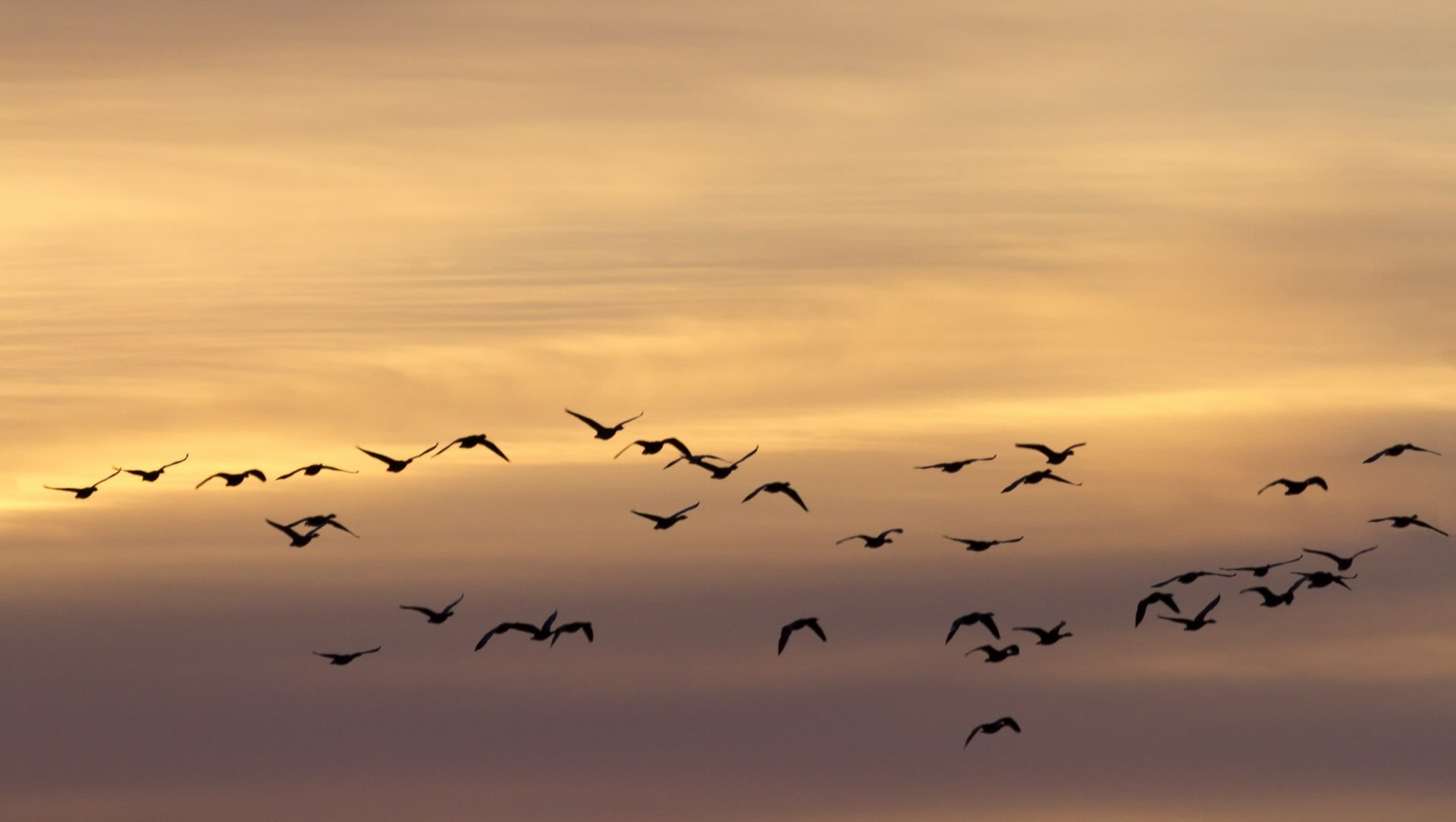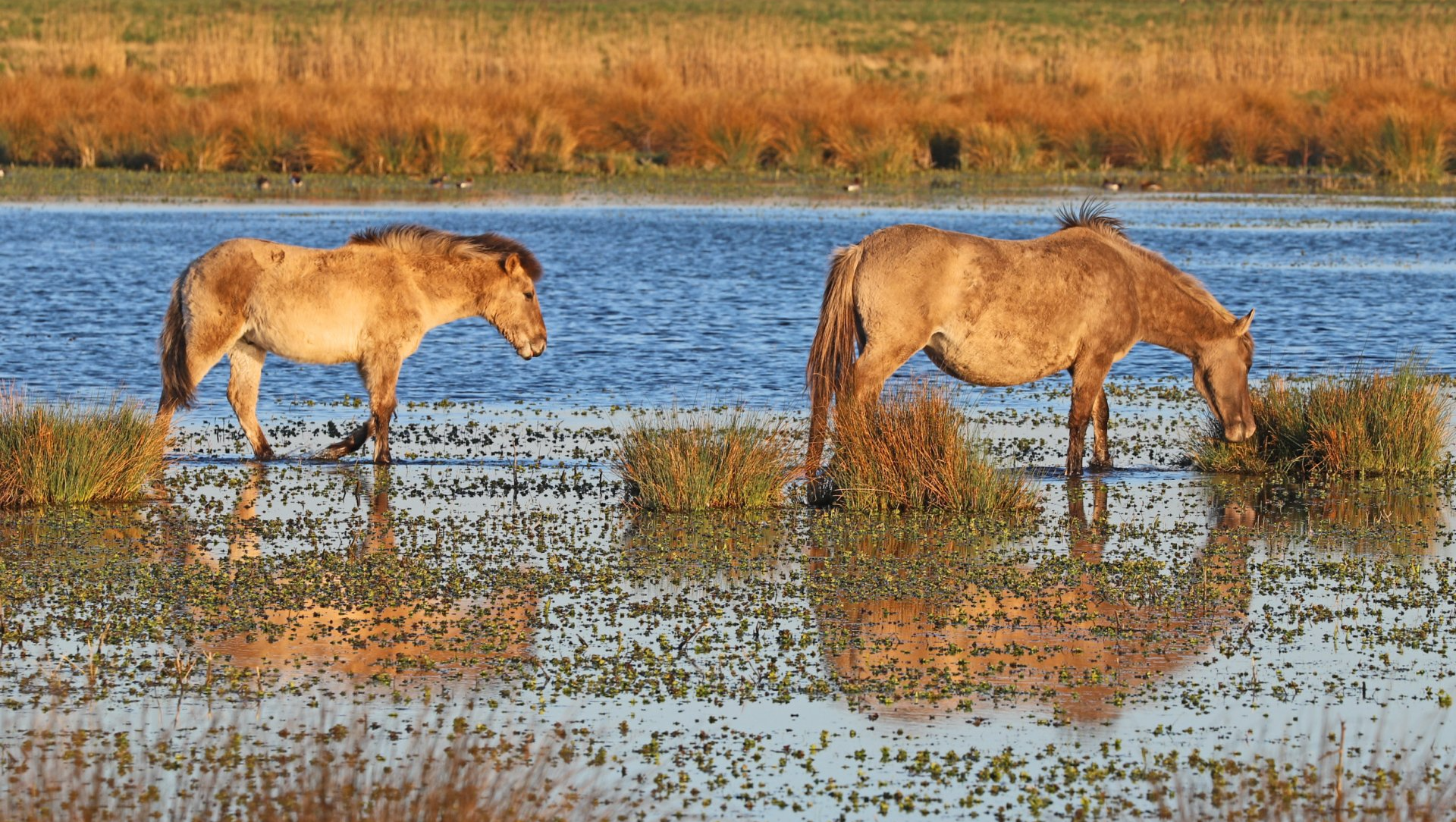Cherished Land - Wicken Fen
Wicken Fen in Cambridgeshire is a wetland of international importance.
Owned and managed by the National Trust, it's one of only four undrained fens left.
Ajay Tegala is a Countryside Ranger at Wicken and has been speaking to WildEast's Laura Hampton about the incredible diversity of species found there.
It's great to meet you Ajay and congratulations on becoming a warden at the wonderful Wicken Fen. Let's start at the beginning. How did Wicken become the Trust's very first nature reserve?
Wicken Fen was first designated a nature reserve back in 1899 and was the country’s very first reserve and the National Trust’s first Nature Reserve. At that time Cambridge academics were coming to Wicken because it had become famous for collecting insects, beetles, and moths. There was a diversity in (predominantly insect life) which had put it on the map and It has gradually expanded from there.
Wicken is a hugely significant habitat for many reasons, with much of it protected and classified as both SSSI and RAMSAR. To those of us still new to many of the acronyms used in the world of conservation, what does this mean?
The reserve itself is now 2000 acres, and has been further expanded over the past 25 years. The core is RAMSAR and SSSI because it’s one of the last remaining areas of undrained fens in East Anglia. Over 99.9% of the East Anglian fens have been drained, and there are now just four small fragments left: Wood Walton, Chippenham, Holme Fen, and Wicken Fen. That’s why we are so important. Wicken is an extremely rare habitat of prime un-drained fen, which brings with it all of the associated rare habitats, insects, and birds.
Let’s talk in a little more detail about what makes Wicken so special. You say it’s only one of four wild fens left in East Anglia. How rare is it?
What makes Wicken so special is the sheer number of species that have been recorded here over the years. There’s been well over a thousand species documented, and those are predominantly insects and vertebrates, but we also have some unique plants here too. They include the Fen Violet which is restricted to prime fenland of which there is so little. Then there’s moths like the reed leopard moth which is also associated with this rare habitat.

Wicken is so important because of the rarity of the habitat, where we see some of the rarer species still holding on. We have some unique plants including the Fen Nettle (which doesn’t sting!), the Fen Violet and a few species of orchids plus a diversity of drangonflies. Sadly some insects have been lost. The Swallowtail Butterfly for example went extinct because its food, the Milk Parsley wasn’t growing as abundantly enough. This is largely because we are an isolated fragment in what is otherwise a very agriculturally heavy landscape.
That’s one of the reasons why we are expanding the reserve, making it bigger, and creating a buffer zone around The Fen. We are trying to create space for the species that are restricted to what is ostensibly a pretty small space. We want them to have the opportunity to expand and hopefully grow in numbers.
You talk about Wicken being a prime example of a Wild Fen, what defines one?
The definition of a fen is one that is seasonally wet in the winter, which then dries out in the summer. When you arrive here you pass through the visitor centre, and then you walk out onto a boardwalk where you are suddenly surrounded by reeds and sedge. These hardy plants grow in harsh conditions, and it’s like walking back in time. There are no power lines overhead, no pylons. It’s just nature and it’s a wild place. I absolutely love it.
As you say, Wicken is a National Nature Reserve, a SSSI, a Special Area of Conservation and a RAMSAR. These are all things that we are looking at in this month’s newsletter. Please unpick each of these categorisations in turn, paying specific attention to Wicken.
A National Nature Reserve like the one here at Wicken means it’s of national importance. That’s because of the habitats and species present here. There are only a few other examples of similar sites in the UK. People from all over the county might have reason to come to Wicken because it's so rare and unique. These features are legally protected under the reserves SSSI status and have further protection under its RAMSAR and Special Are of Conservation designations. All four of these designations relate to the same things: open fen meadows, calcareous fen with sedge, open water and ditches, reedswamp and reedbed, carr/wet woodland, Great Crested Newts and Spined Loach (a rare fish).

Talk to me about the Wicken Fen Vision, why was it created and what does it mean?
The Wicken Fen Vision was established in 1999 for the National Trust’s centenary, celebrating a hundred years of management since 1899. We recognised that species like the Swallow Tail and the Large Copper Butterfly were being lost, and we wanted to ensure that we were doing all we could to reverse the trend. An increasingly intensive agricultural landscape was surrounding the Fen, so the Trust decided to put a 100-year action plan into place, to try and halt and reverse the losses. We knew we would become less special if we didn’t do something.
Conservationists are increasingly recognising the importance of connectivity. Nature needs to be able to move around the landscape in order to survive and flourish. So, the Wicken Fen Vision aims to expand all the way to Cambridge, to create a 53 square kilometre reserve that will be like a mini national park. It will enable species to have the space to spread out, mate, and find food. It will future-proof Wicken Fen, and make it available to a wider amount of wildlife. We have free-roaming, semi-wild herds of Highland Cattle and Koniks (ponies), which graze these areas, keeping them open and suitable for fenland flora, as apposed to wild, wooded and too shady. Although, the beauty of our grazing animals is that they graze in a natural way, leaving some areas wilder than others, creating a rich mosaic of habitats that supports a larger diversity of species.
We also have a licence to pump water onto these formerly agricultural areas in the winter. This has helped create reedbeds (one of Wicken Fen’s important features) and standing water for wintering wildfowl, recently including Whooper Swans alongside hundreds of Wigeon, Teal and Lapwings. These wet areas are also important nesting areas for birds in the spring: Marsh Harriers, Bitterns, Lapwings, plus other ducks and waders.

What is it that naturalists love so much about Wicken Fen?
There is a diverse mixture of species here. Charles Darwin came to Wicken looking for insects back in Victorian times. Meanwhile, Entomologists (those looking for very small insects, beetles, and flies) are often motivated by the thought that they might be the first to find a new species or a first for Britain.
Birds are also very popular as a species and David Attenborough has filmed here because of the Cuckoo. Despite the national decline, we have very strong numbers here. There have now been 50 years of research by Cambridge University into Cuckoo at Wicken Fenn, and we have learned a huge amount about how they mimic their host eggs, and how they are parasitic. The research conducted at Wicken ranges from the very smallest creatures, all the way up to big birds of prey like the Marsh Harrier and the Bittern.
What kind of data is collected at Wicken. Where does it go and how is it used?
Because we date back so many years, we have a huge archive and every year we record as much as we can. A lot of our data is collected using I-Record, with is then updated for the county recorder, and loaded onto the national data set. When looking at our newer land, it’s very much about monitoring the success of our vision. We want to measure our recently created new habitats like reed beds so that we can ensure that what we are doing is working. That’s why we are so keen to attract naturalists, because they are specialists, and they can research specific things.
One of the classic types of research that happens here is the bird ringing. The Cambridge Bird Ringers Group have been coming here for over 50 years. Wicken Fen is a Constant Effort Site, meaning that birds are ringed here and some may be subsequently re-captured, perhaps after multiple migrations to Africa and back, contributing to our understanding of site-faithfulness and lifespan as well as migration patterns and mortality.

Let’s end by talking about some of your personal favourites. The insects, the birds, and the plants. Give me a taste of the things you love the most.
What I absolutely love, which is not of course unique to Wicken, is the smell of water mint. Getting that waft of freshness when you walk around the Fen is just lovely.
The two birds that excite me the most, are the Bitterns and the Hen Harrier. The Bittern is so elusive. I've spent hours and hours searching for them, and I had a very lovely look at one here at Wicken.
The other for me is the Hen Harrier, which is obviously a rare bird that's been widely persecuted. There are a few that come to roost here in the winter, and I just adore it in January when you see them coming home. That’s a real highlight for me.
WildEast Blog

Powered by LocaliQ
Follow Us
SIGN UP FOR NEWS & UPDATES
Newsletter Sign Up
Thank you for signing up to our newsletter.
Please try again later.
Privacy / Terms & Conditions / Sitemap
